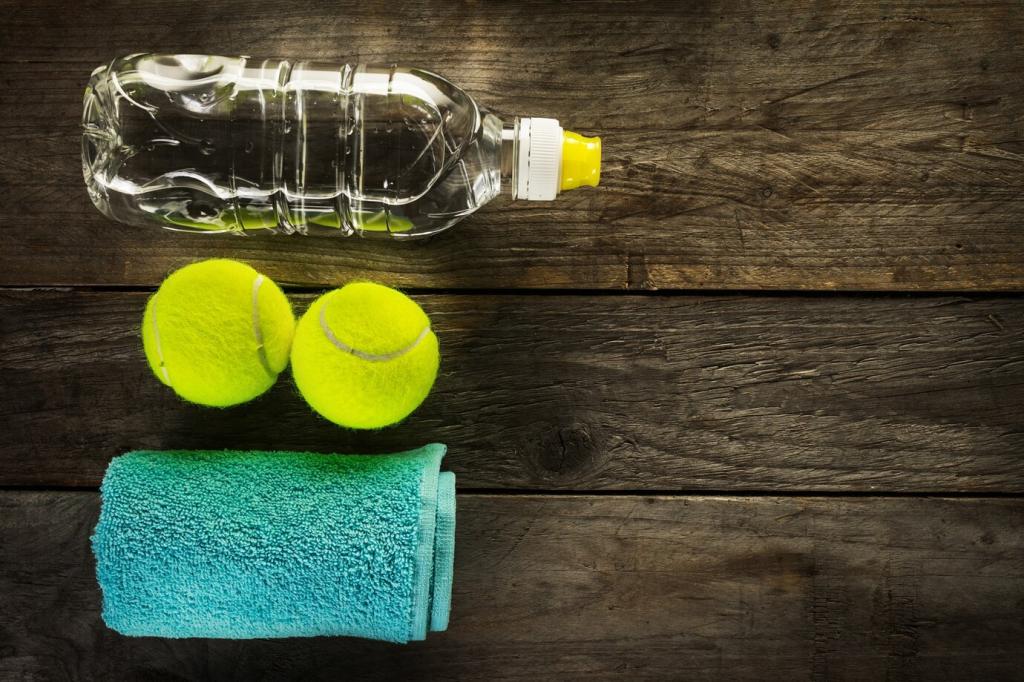Chosen theme: Hydration and Skin Health. Welcome to a refreshing space where science meets daily rituals, stories inspire consistency, and small, hydrating choices help your skin feel supple, resilient, and genuinely radiant—starting today.

Your Skin Barrier, Simply Explained
Think of your skin barrier like a brick wall: cells as bricks, lipids as mortar. When hydrated, it locks water in and keeps irritants out, reducing redness, tightness, and rough texture while supporting that healthy, lit-from-within look.

Humectants, Emollients, and Occlusives
Humectants pull water in, emollients smooth rough edges, and occlusives seal it all. Balance these three in layers tailored to your climate and skin type to sustain hydration all day without greasiness or clogged pores.
A Daily Hydration Ritual: Morning to Night
Morning Layers for Lasting Plumpness
On damp skin, apply a humectant serum like hyaluronic acid or glycerin, follow with a ceramide-rich moisturizer, and lock it in with sunscreen. This stack reduces transepidermal water loss and preserves that fresh, bouncy finish.
Midday Micro-Hydration That Works
If offices or classrooms feel dry, try a fine mist with humectants and immediately tap in a thin moisturizer. Tiny, consistent boosts beat occasional drenches, preventing the afternoon collapse where skin looks flat and tired.
Evening Recovery Made Cozy
Cleanse gently, apply a replenishing serum, then a richer cream with squalane or shea. If air is desert-dry, finish with a light occlusive. Wake up to smoother texture and fewer flaky patches along the cheeks and chin.
Hydration From Within: What You Drink and Eat
Smart Fluids, Not Just More Water
Your needs vary with climate, activity, and diet. Sip consistently, include herbal teas or infused water, and watch thirst, urine color, and energy levels. Gentle, steady intake helps your skin look calm, comfortable, and naturally dewy.
Hydrating Foods That Pull Their Weight
Fruits and vegetables like cucumber, melon, oranges, and leafy greens carry water plus minerals. Add omega-3s from salmon or flax to support the barrier, helping your skin retain moisture rather than constantly chasing it.
Electrolytes and Balance, Not Extremes
Electrolytes guide water where it’s needed. If you sweat heavily, include a balanced electrolyte drink or lightly salted meals. Skip extremes; steady nourishment keeps your skin comfortably hydrated without puffiness or afternoon dryness.
Climate, Travel, and Everyday Habits
01
Indoor heating strips humidity. Use a humidifier near your bed, move plants closer to your desk, and choose fragrance-free moisturizers with ceramides. You’ll notice fewer tight spots and less morning redness around the nose and mouth.
02
Long, hot showers lift precious lipids. Keep water warm, limit time, and moisturize within three minutes of stepping out. That simple timing trick traps more water and leaves your skin cushioned rather than squeaky and tight.
03
On a red-eye to London, I layered a thin humectant, sealed with a balm, and sipped water slowly. I landed dewy, not dull. Try it, then share your travel hydration hacks in the comments so others can learn.
Skin Types and Life Stages
Skipping moisturizer can spike oil. Choose gel-cream textures with glycerin, niacinamide, and lightweight squalane. Hydrated skin signals balance, helping reduce excess shine and softening that tight-yet-greasy feeling around the T-zone.


Decode the Label: Ingredients That Matter
Glycerin, hyaluronic acid, panthenol, urea, beta-glucan, and aloe draw or hold water. Ceramides, squalane, and shea support the barrier. Pair humectants under emollients to keep moisture where it belongs—inside your skin.
Decode the Label: Ingredients That Matter
Fatty alcohols like cetearyl can soften and stabilize formulas; drying alcohols in high amounts may irritate. Context and concentration matter. Read the whole list, observe your skin, and share your ingredient wins with the community.

Dry vs. Dehydrated, Know the Difference
Dry skin lacks oil; dehydrated skin lacks water. You can have both—or neither. Treat with emollients for oil, humectants for water, and protect with sunscreen. Identifying which is which saves product waste and frustration.

Myths We’re Ready to Retire
Eight glasses fits no one. Oils alone don’t hydrate. And tingling isn’t proof of effectiveness. Listen to your skin’s feedback and track changes weekly. Tell us one myth you believed and how your routine improved after.

When to Ask a Professional
If burning, persistent redness, or cracking won’t resolve, consult a dermatologist. A short visit can clarify triggers, fine-tune ingredients, and protect your barrier. Share your questions, and we’ll gather expert topics for upcoming posts.
Try Our 7-Day Hydration Challenge
Layer on damp skin, drink consistently, log morning and evening comfort, and note makeup wear. Post your day-three check-in below. The small daily shifts often create the biggest, most sustainable improvements in skin vitality.
Share Your Routine, Inspire Someone
Tell us your climate, skin type, go-to humectant, and favorite moisturizer texture. Your routine could be the missing clue for another reader battling midday dullness or tight cheeks. Stories change habits better than any rule list.
Subscribe for Fresh Hydration Insights
Join our newsletter for ingredient breakdowns, seasonal hydration guides, and reader-tested routines. Reply with topics you’re curious about—tinted sunscreen textures, winter occlusives, or travel kits—and we’ll build the next deep dive for you.
